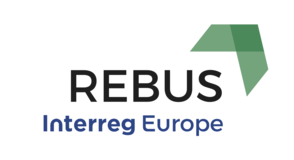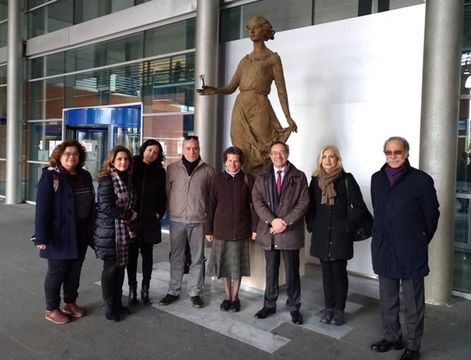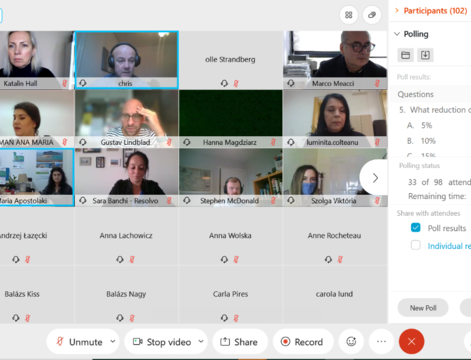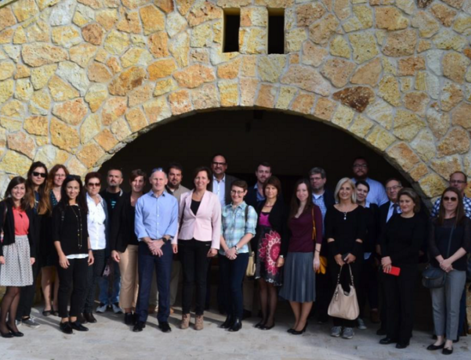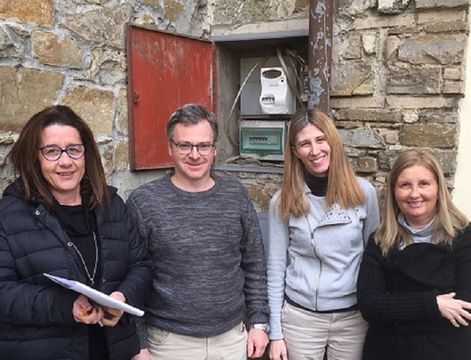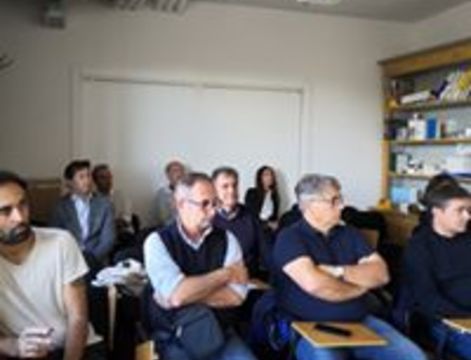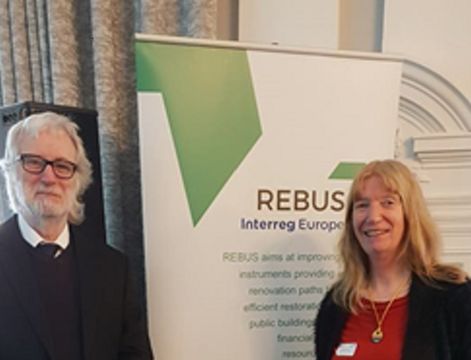Interregional Cooperation
REBUS, alongside likeminded EU-funded projects with an interest in improved policy for the European energy transition—VIOLET, SET-UP, BUILD2LC, ZEROCO2, BIO4ECO, etc.—engaged in a cross-borders interregional cooperation event this summer to address common challenges and goals related to the energy transition in Europe. Co-hosted by the VIOLET, REBUS and SET-UP projects, the interregional cooperation event was held on the 27th of June in Florence, Italy—not coincidentally, a cultural hub and home to many traditional and historical buildings that need special attention when renovating them for energy efficiency. This transnational meeting was created and designed by the European Institution for Innovation (EIfI) and Resolvo. Originally, EIfI was due to hold a REBUS partner meeting in Brussels; but together with their colleagues at Resolvo, EIfI directed the focus of the meeting toward something much bigger. Rather than exchanging good practices within a single Interreg project partnership, the goal was now to cluster fifteen similar Interreg Europe projects under a single cause—Europe’s energy transition—in an effort to bring synergy and support among represented projects. But what exactly do these projects do to encourage Europe’s energy transition? Let’s take a dive into the Interreg Europe project and co-host of this year’s Interregional Cooperation event, VIOLET.
What is VIOLET?
Interreg Europe project VIOLET (preserVe tradItiOnal buiLdings through Energy reduction), with over € 1 Million in ERDF, preserves traditional and heritage buildings by integrating energy efficiency and cultural heritage into policy planning, management and monitoring, all thanks to interregional cooperation.
VIOLET, which runs from 1 January 2017 to 31 December 2021, faces the challenge to create a building culture that is sympathetic to modern requirements of reinstatement and conservation for improved energy usage and reduced carbon emissions, without endangering architectural heritage. Through cooperation amongst five regions at different stages of development and one expert advisory partner, VIOLET fosters a multisector, integrated planning approach, bringing together organisations in charge of energy efficiency and those in charge of cultural heritage at regional and EU levels.
VIOLET creates long-lasting networks through local Communities of Practice (CoP e.g. the VIOLET stakeholder groups) of key organisations using a multisector approach. CoPs engage with MAs, policy¬makers, universities, professionals, businesses, and associations, regarding policy needs and make recommendations for energy efficiency in traditional buildings.
Without the forward-looking policy changes VIOLET aims to enable, traditional buildings that are now a valuable asset will become a burden in the near future. VIOLET addresses this challenge, with an overall aim to improve regional public policy to enhance energy efficiency in traditional buildings, by addressing both low carbon and cultural preservation actions.
Photo: Interreg Europe project VIOLET faces the challenge to create a building culture that is sympathetic to modern requirements of reinstatement and conservation for improved energy usage and reduced carbon emissions—without endangering architectural heritage.
For more information on this exciting featured project, please visit the Interreg Europe VIOLET website: https://www.interregeurope.eu/violet/

